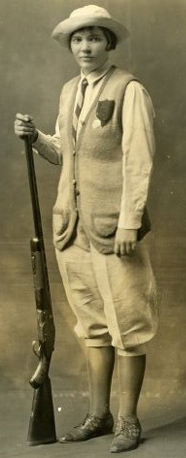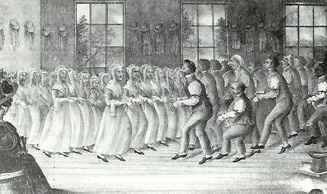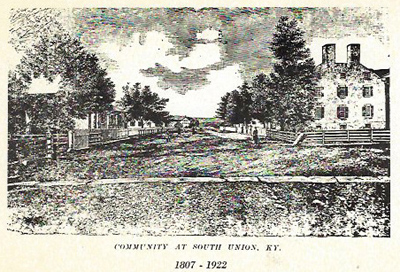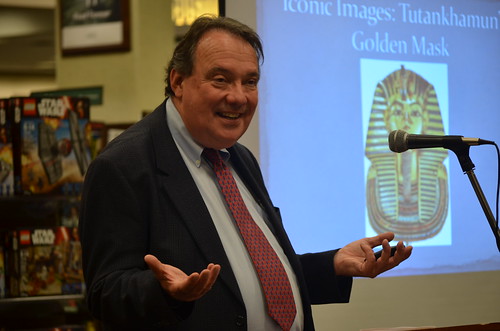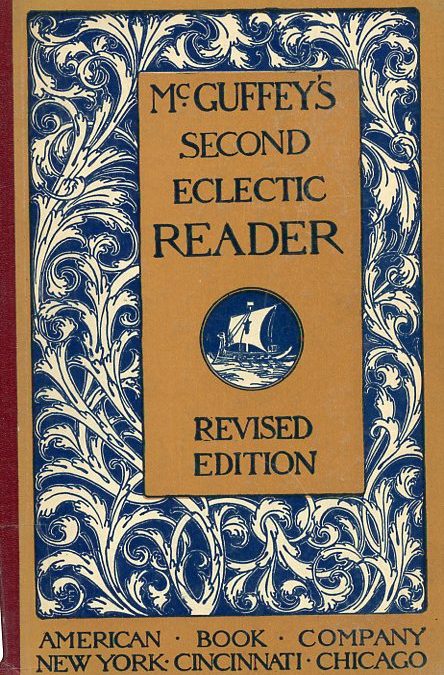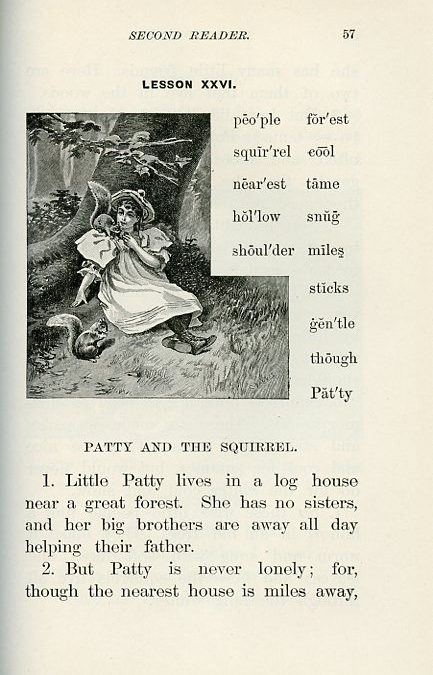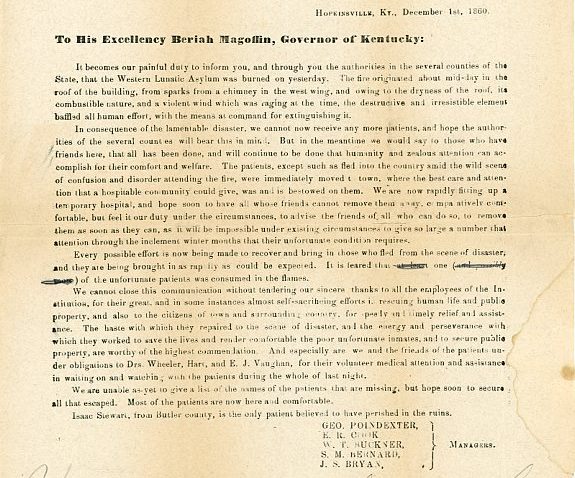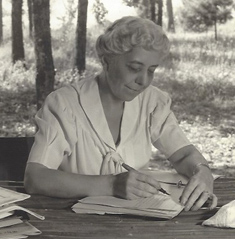It seems like I just started yesterday. I’m Sean Feole and I’m taking a major in History and a minor in Anthropology. Before signing up for the internship in Library Special Collections at WKU, my previous experience with
museum work consisted of volunteering at the Kentucky Historical Society in Frankfort in Summer 2016. However, my duties predominately consisted of filing donations from institutions and individuals. There were a few other tasks I fulfilled, such as recycling boxes, data entry, cleaning the kitchen, and spot varnishing vases and frames! That sounds like one of the least exciting summaries to put on a resume. But at the end of my volunteer shift, I had my first taste of museum life; before long, I thought working in a museum was something I could take on in life. So when I was told that I would have to take an internship to fulfill 3 academic hours, I signed up right away.
Quite honestly, it’s most likely the best choice I’ve made in college thus far. Why? Well, for one it was a full hands-on experience. Predominately, I numbered/catalogued materials from past lives. The main individual of my prognosis was Hugh Oliver Potter, one of the more well-known figures from Daviess County, Kentucky. His resume consisted of building WOMI, one of Owensboro’s oldest radio stations, increasing awareness of Kentucky radio broadcasting, and fostering support for educational television. But his presence at the Special Collections, based on my research, was due to his pursuit of Kentucky history, namely Abraham Lincoln and Daviess County local history. Words cannot describe how much effort he spent writing at least three book manuscripts on Abraham Lincoln alone. There were numerous other duties as well, such as ironing (!) court documents, transcribing written histories, copying damaged materials, and more.
I have to say, I will miss working with Mr. Jeffrey, the Department head, because he was great in teaching me the ropes about archival caretaking. However, the experience I’ve had working in Library Special Collections is one that will advantageous in my search for a job related to a museum. Lastly, I believe that Library Special Collections is a great starting for anybody wanting to get into public history.



